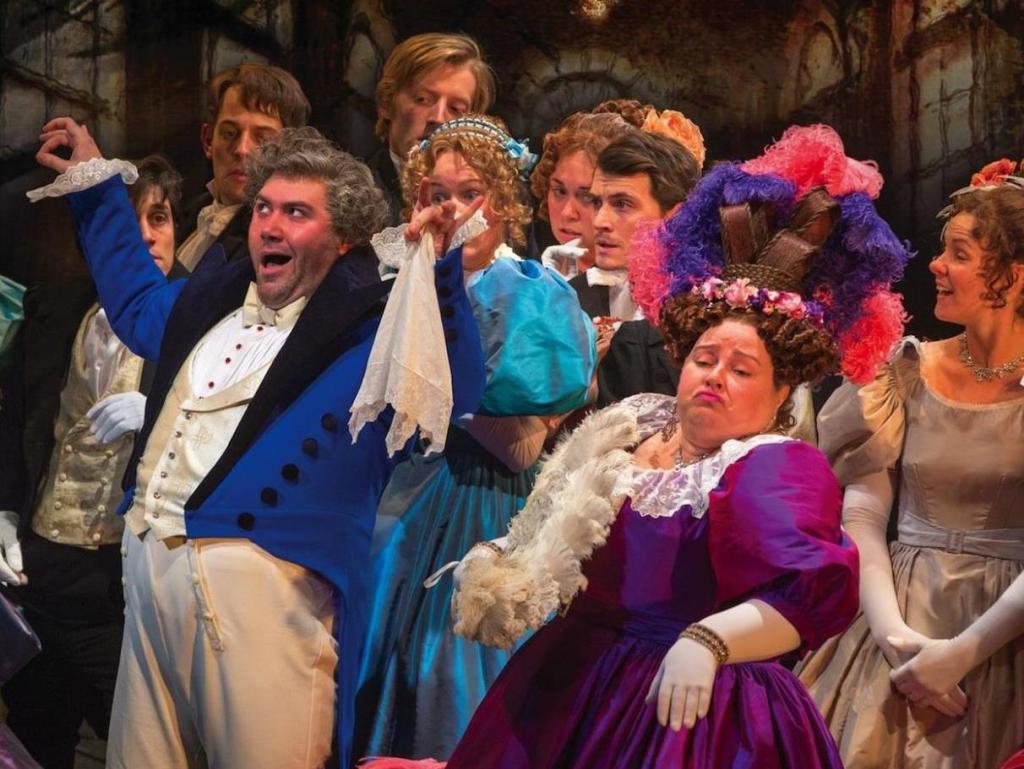Image via Les Miserables
When Australia’s state theatres were established a generation ago they were not expected to make money. The not-for-profit model, which is also used by our orchestras, arts centres and other major performing arts companies, assumed government funding was needed to underwrite Australian culture and that any art worth having would not make money.
A deep divide grew up between these flagship arts organisations and commercial theatre, the companies which rake in healthy profits from musical theatre and other crowd-pleasers.
But a new paper by long time theatre critic and Currency House founder Katherine Brisbane argues it is time to change the paradigm and allow our major arts organisations to get a piece of the profits from commercial theatre. This money could then be use to underwrite original and adventurous work and provide a healthier performing arts sector.
Brisbane argues a ‘real industry’ in which funded companies were able to compete in the commercial marketplace would mean the resources invested in performing arts would go much further.
In a paper entitled The Arts and the Common Good, published by Currency House, Brisbane argues management of our public theatres have been caught in a cultural trap since the decline of arts funding at the end of the 1980s.
‘They were unable, or unwilling, to trade into the public theatre; the cost of their rented cultural centres and their “high production values” had risen. When the first government cuts came, the expanding companies faced a new problem: the need to fund the “high art” repertoire at the level of excellence aspired to by the directors and demanded by their venues, but a declining ability to exploit them for profit.’
The initial response, as is well known, was corporate sponsorship. But, Brisbane argues, corporate dependence has come at a cost to artistic freedom and originality.
‘In time the sponsors began to take ownership of their investment: staff tickets, interval receptions, participation in company promotion, public appearances, corporate presentation workshops all became part of the deal. The need to succeed was becoming more urgent, the time to prepare more costly and the freedom to succeed on their own terms a distant dream.
‘This process has been gradual, but today novelty, spectacular design, star actors in revisionist productions of familiar classics, are evidence of loss of energy and a flagging imagination,’ she argues.
Instead, Brisbane wants to see performing arts companies and arts centres embracing opportunities to make a profit from renting out venues, producing crowd-pleasers and taking royalties. She believes turning the ‘high-minded’ not-for-profit culture on its head will provide the necessary investment for more creative original work.
‘I do not propose surrendering to a commodity culture. My aim has been to question the sector’s inherited reluctance to recognise profit as an honest motive and find new ways to give each performance the maximum advantage and life by enabling realistic upfront time and costs, collaboration, investment, shared resources and planning; and good transparent accounting.’
She points to the British theatre scene where attitudes have changed dramatically. ‘Back in 1985 director Trevor Nunn had brought down scandal on the Royal Shakespeare Company by partnering with impresario Cameron Macintosh to create Les Misérables, the musical. Today the National and other UK subsidised companies are earning millions in royalties from shows they have developed and transferred.’
Brisbane acknowledges the fear that opening the floodgates to a profit motive for public companies will mean a rush of popular overseas successes at the expense of local work.
‘It’s a possibility for a while but with the revival of a risk-taking culture, new opportunities for collaboration, employment, and the development of work to greater fulfilment, together with new places in which to play, would not the whole landscape of work practice be transformed?’
Brisbane said the denunciation of ‘commercial’ grew up from a belief in the value of the arts for public good and a disdain for the low comedy tradition that dated back to the gold rush. But this ‘moral guardianship’ in the established of subsidised theatre has had unforeseen consequences that now need to be addressed, she argues.
The Arts and the Common Good by Katherine Brisbane is available from Currency House.





